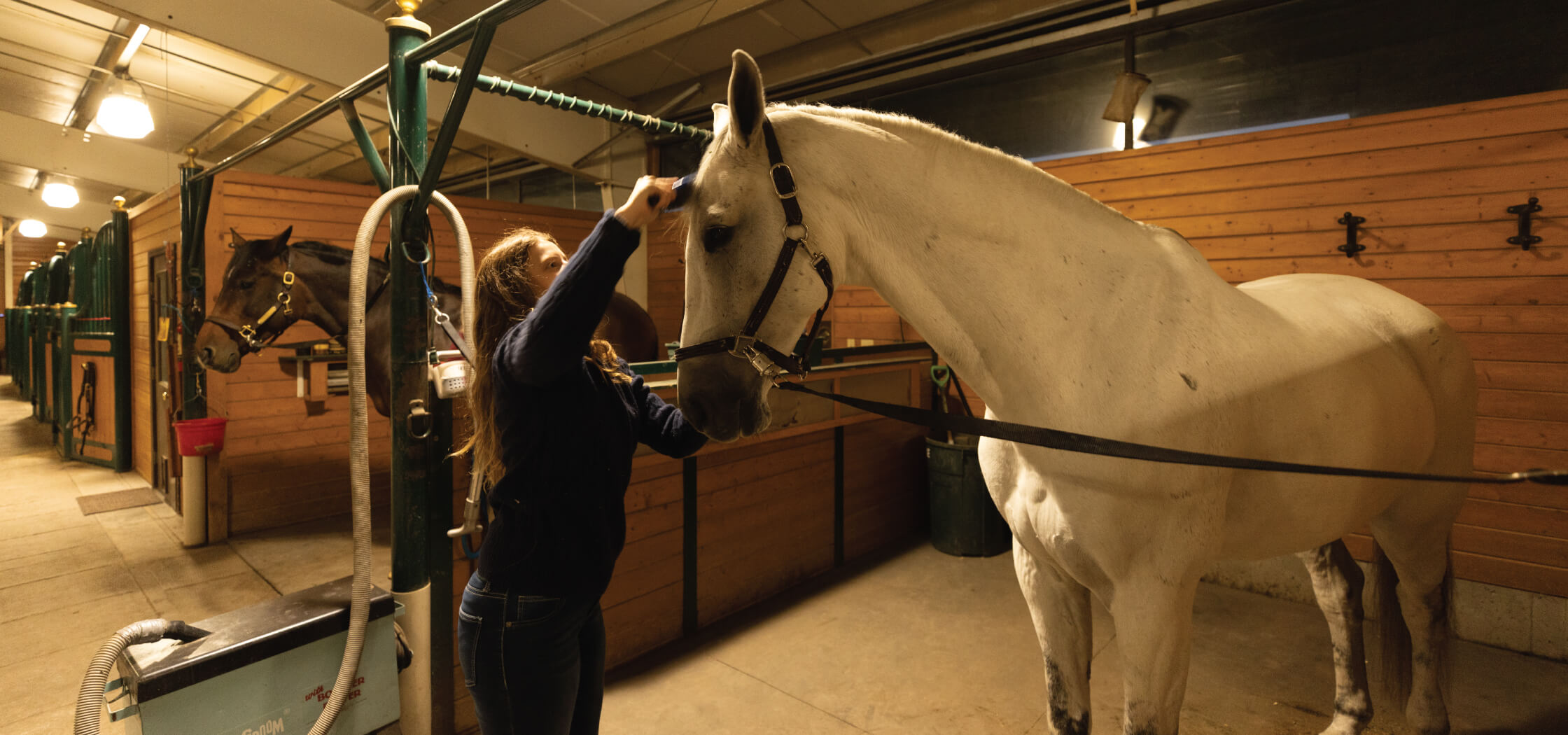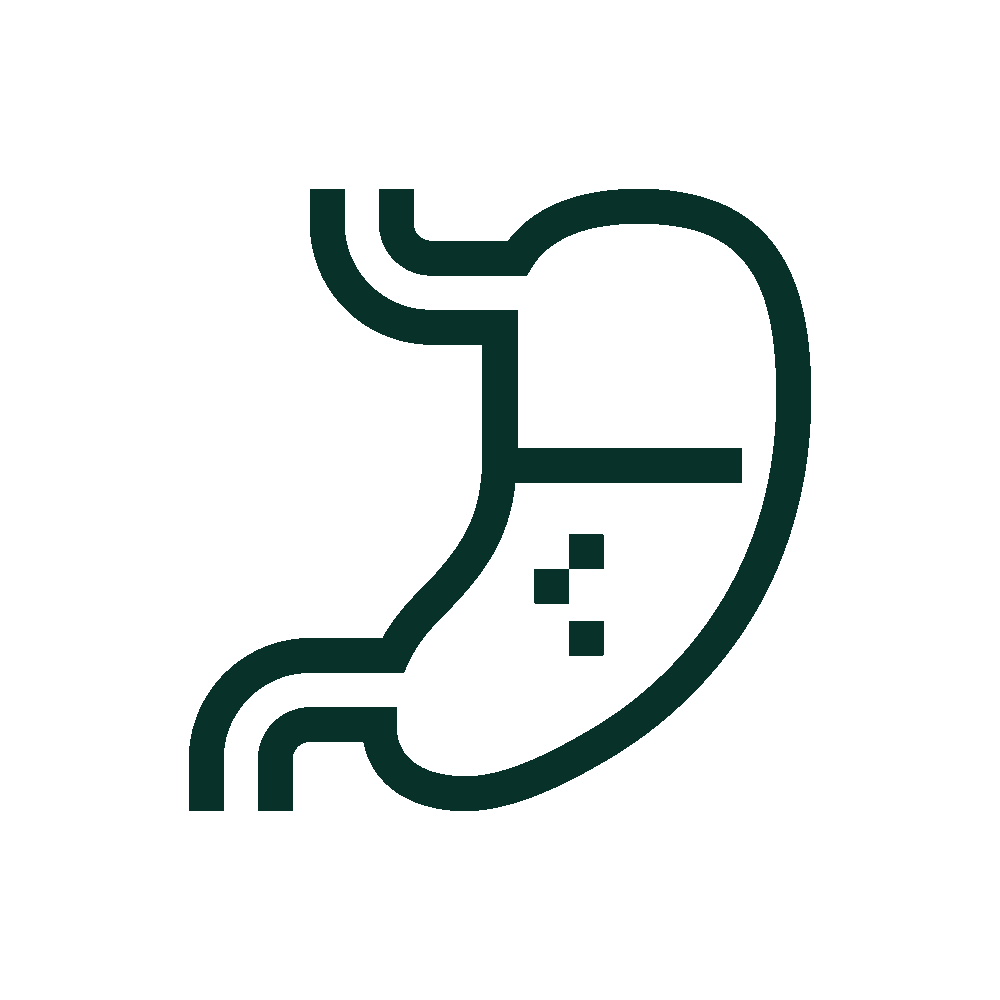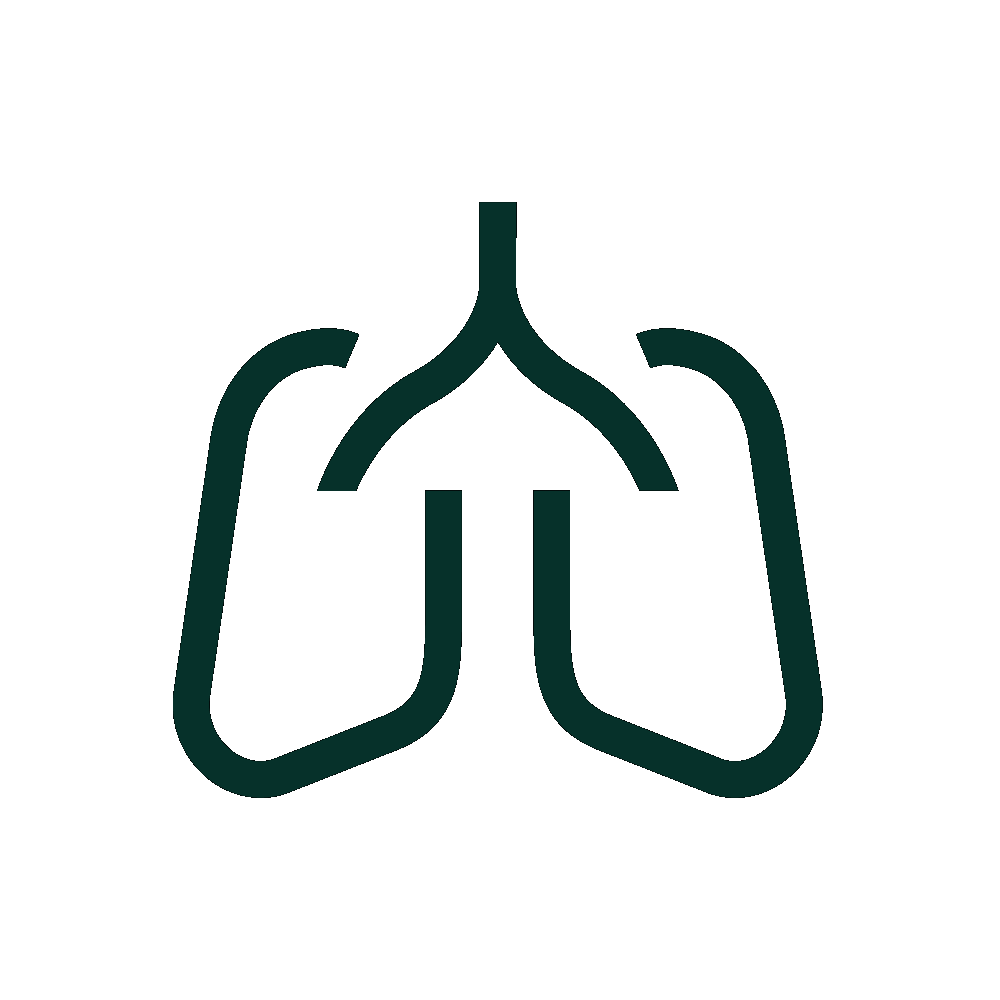Improve Barn Biosecurity
by Boehringer Ingelheim / May 17, 2024

Six Ways to Improve Your Barn Biosecurity
What does the cleanliness of a horse’s living conditions have to do with the overall health of a horse? A lot, as it turns out.
While vaccinating horses is a crucial step in preventing horses from becoming ill and/or spreading disease, a well-maintained environment and good biosecurity will also help minimize disease risk.
Take these six steps to help create the cleanest and healthiest home possible for your horses:
1. Remove All Standing Water and Trash.
Standing water and trash attract insects and unwanted wild animals.
- Eliminate things that collect water, such as old tires
- Be diligent about removing all trash
- Keep barn alleyways clear of spilled feed
2. Isolate All Sick Horses.
Diseases like equine herpesvirus, equine influenza and strangles are easily transmitted from horse to horse. Any horse with a fever or signs of potential illness should be isolated and remain isolated until cleared by a veterinarian. Every horse on the property should have their temperature monitored throughout the outbreak, even if they’re not showing clinical signs, to monitor for further spread of disease.
3. Clean and Disinfect All Equipment.
Some diseases can be transmitted via equipment. Be sure to clean and disinfect all items, such as:
- Tack
- Grooming tools
- Water buckets
- Thermometers
- Lead ropes
- Sheets/Blankets
While tack cannot, technically speaking, be disinfected, letting tack dry in the sun following cleaning may help kill certain pathogens.
4. Protect Against Disease-Carrying Mosquitoes.
Mosquitoes are not only a nuisance to horses, disease-carrying mosquitoes can infect them with diseases, such as:
- West Nile virus (WNV)
- Eastern equine encephalitis (EEE)
- Western equine encephalitis (WEE)
Mosquitoes are most active in the early morning and early evening, so plan turnout and riding time accordingly. Removing standing water can also help control mosquito populations.
5. Quarantine New Horses.
Any new horses entering your property should have proof of vaccinations and an up-to-date certificate of veterinary inspection (CVI). New horses should also:
- Be quarantined from other horses for two to three weeks
- Have their temperature monitored twice daily to check for fever
- If body temperature increases, call your veterinarian
6. Practice Biosecurity When Traveling.
It’s important to take biosecurity measures while moving your horses to places with other horses, such as shows, trail rides or exhibitions. Do your best to:
- Disinfect stalls upon arrival, if possible
- Try to minimize your horse coming into contact with horses from other facilities
- Bring and use your own equipment, such as water buckets and hoses
- Check temperatures twice daily
- Practice frequent hand sanitation
Implementing good biosecurity measures won’t guarantee a horse in your care won’t ever get sick, but it will help minimize or prevent the spread of disease, and may help you catch signs of an infection early. For more information about barn biosecurity measures, check the Equine Disease Communication Center’s website.
©2025 Boehringer Ingelheim Animal Health USA Inc., Duluth, GA. All rights reserved. US-EQU-0111-2024






